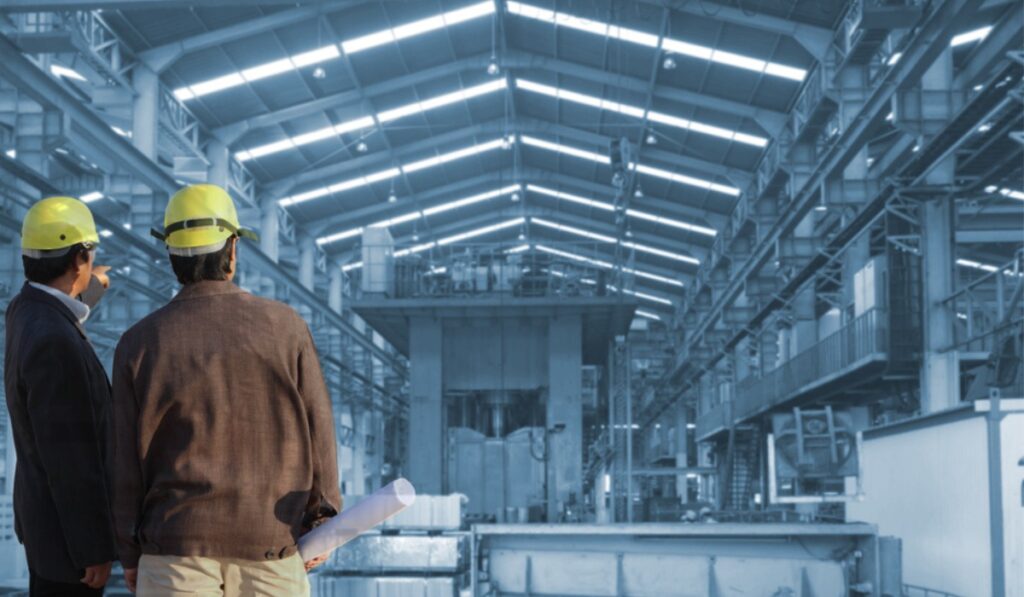KEY PRINCIPLES OF STEEL STRUCTURES DESIGN: AN OVERVIEW
Introduction: Steel structures are widely recognized for their strength, durability, and versatility in construction projects. From towering skyscrapers to bridges and industrial facilities, steel is a preferred material due to its high tensile strength, cost-effectiveness, and sustainability. The design of steel structures requires a deep understanding of several key principles that ensure the safety and performance of these structures. This article provides an overview of the fundamental principles that guide the design process for steel structures.
- Structural Stability: The principle of structural stability emphasizes the importance of designing steel structures to resist the loads and forces acting upon them, ensuring their stability throughout their service life. The designer must consider the structure’s overall equilibrium, including factors such as gravity loads, wind loads, seismic forces, and temperature effects. The selection of appropriate structural members, connections, and bracing systems plays a vital role in achieving structural stability.
- Strength and Load Capacity: Steel structures must possess adequate strength and load-carrying capacity to support the applied loads. This principle involves determining the maximum loads a structure will experience during its lifetime, such as dead loads (weight of the structure itself), live loads (occupant and equipment loads), and environmental loads. The designer must calculate the required strength of each structural component, considering factors like material properties, safety factors, and load combinations to ensure structural integrity and prevent failure.
- Material Selection: Choosing the right steel material is crucial for achieving desired structural performance. Steel offers various grades and types, each with unique mechanical properties, such as yield strength, ductility, and corrosion resistance. The designer must carefully assess the project requirements, considering factors like structural function, environmental conditions, and cost-effectiveness, to select the most suitable steel material for the design.
- Structural Analysis and Design: The structural analysis and design process involve using engineering principles and computer-aided tools to determine the optimal configuration and dimensions of steel structural members. Engineers utilize techniques such as finite element analysis and mathematical modeling to predict the behavior of the structure under different loading conditions. This enables them to ensure that the design meets the desired performance criteria and regulatory standards.
- Connection Design: Steel structures rely on effective connections to transfer loads and forces between structural members. Connection design focuses on creating robust and efficient connections that can withstand the applied loads without compromising the structural integrity. Various types of connections, such as bolted connections, welded connections, and moment-resisting connections, are used based on the specific design requirements and load characteristics.
- Serviceability: Apart from the strength and stability of a structure, its serviceability is equally important. Serviceability refers to the ability of a structure to meet functional and aesthetic requirements without excessive deflection, vibration, or discomfort to occupants. The design process should consider factors like allowable deflection limits, natural frequencies, and control of vibrations to ensure a safe and comfortable environment for users.
- Constructability and Cost Optimization: Designing steel structures should also account for constructability and cost optimization. This principle involves considering factors such as ease of fabrication, transportation, and erection of structural members. Efficient design solutions can help reduce construction time, labor costs, and material waste, making the project more economically viable.
Conclusion: The design of steel structures is a complex and multidisciplinary process that requires adherence to key principles to ensure safety, performance, and longevity. By considering factors such as structural stability, strength, material selection, analysis, connection design, serviceability, and cost optimization, engineers can create efficient and resilient steel structures that meet the demands of modern construction projects. Embracing these principles enables the construction industry to continue benefiting from the remarkable properties and capabilities of steel as a structural material.


